ताम्र ✤ 20 ✤ Conical Nut Bowl Small
- Availability: Out Of Stock
- Made & Mkt by: Coppre
- Product Code: 4018-Copper-20
- Weight: 110.00g
- Dimensions: 5.30in x 2.08in x 9.85in
Rs.700
The Conical Nut Bowl from our Rough Copper series is designed in collaboration with our master artisan Ravindra Dere. It’s shaped molded and embellished by hand. Also interesting to see is the irregular hand hammering done visually by the artisan, by using his inherent capabilities of hand eye coordination.
The typical dispatch time is 2-3 days; however, in special cases, it may take longer. Please refer to the product details section for specific timelines. Once dispatched, we will share the tracking details with you.
For returns, you can file a request within 24 hours of receiving the product. If the package is damaged, please make a video while unboxing and share images of the damaged item along with your return request.
9328006304 ( WhatsApp )
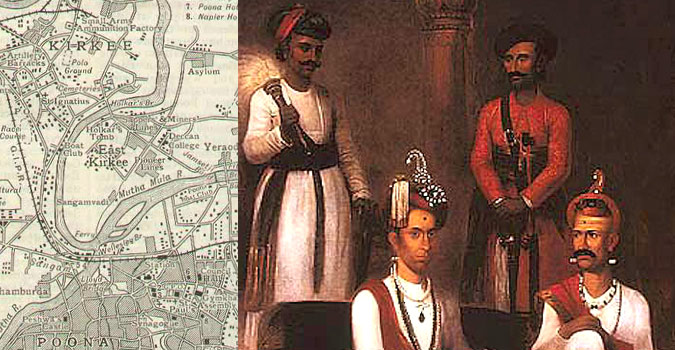
The legacy of the Tambat Craftspeople who handcraft Coppre's products dates to the 17th century when they were invited to Pune by the Peshwas when Shivaji set up the city as the capital city of the Maratha Empire.
When the Tambat craftspeople migrated from Konkan to Pune, they formed their settlement in Kasba Peth, an already established nucleus of old Pune. Their precincts came to be known as Tambat Ali (Ali:precincts). These narrow and dusty alleys of Tambat Ali where the timeless sound of metal-hammers clang on copper, have remained pretty much the same as they were almost 300 years ago.
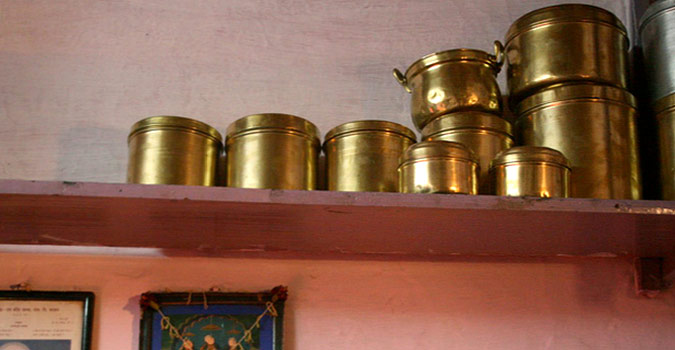
From making armour, coins, canons, copper utensils, ritual wares for the Peshwa rulers, the Craftspeople embraced the culinary and ritual needs of Maharashtrian communities and crafted traditional products such as utensils and puja items.Distinguishing feature of Tambat craft
‘Matharkaam’ or beaten work is the distinguishing feature of Tambat craft. The hand-beaten indentations, made by profiled beating hammers, strengthen the object and enhance the inherent rich surface by imparting a mirror-like appearance. It is a skill intensive craft and needs strength, dexterity and a keen hand-foot-eye coordination.
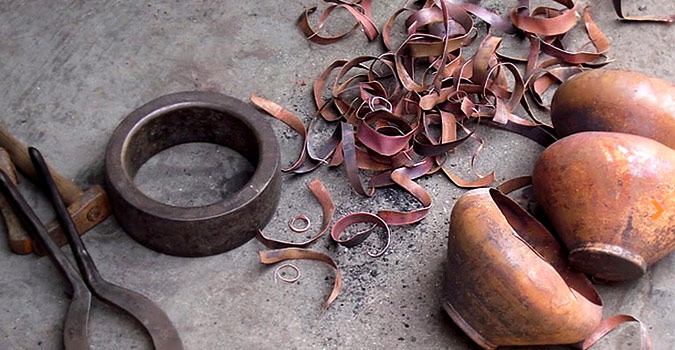
It is the only skill that the community could save from the onslaught of mechanization with the coming of British rule, which to date has not leant itself to be mimicked on any machine.
The loss of the patronage of the Peshwas, the introduction of mechanization and the bans imposed by the British, forced the Tambats to set up their own shops to sell their wares to the commoners. Over the years, the members of the Tambat community practicing this craft have continued to dwindle. There were upto 800 Tambat households in the early 1970s. By the early 90s, The Tambat households in Pune city fell to 250. Currently, about 80-100 families directly depend on the Tambat Craft for their livelihood.
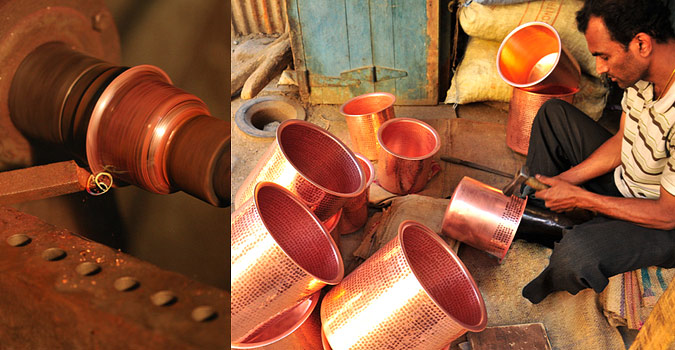
Hit by changing traditions, rising copper prices on the commodity markets in recent years, the convenience offered by materials like stainless steel and plastic and the provocative economic opportunities outside the confines of their craft, has led to a near stagnation. Yet some families of the community persevere with this craft of shaping objects from sheets of copper they carry on the ghadkaam (raising, sinking and shaping of the utensil), the crafting of ritual wares, nakshikaam (repousse and chasing); and the crafting of one-off temple objects.
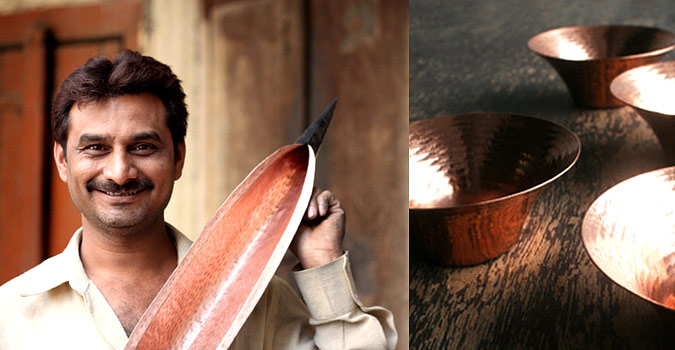
Passed on through apprenticeship from one generation to the next, today the craft remains in the hands of a few craftspeople with even fewer willing to take on this heritage craft.
| Craftsmen | |
| Made by | Artisan working with coppre |
| City | Pune, Maharashtra |
| Material | |
| Made of | 99% pure Copper |
| Instruction | |
| Care | Your uncoated products should be washed daily with a soft cloth and a detergent/metal cleaning agent. Wipe dry immediately after washing. It is important to wipe away all traces of water after washing, else the carafe will catch water stains. Washing and wiping on a daily basis will help retain the coppery shine on your product and will also prevent the build-up from the natural oxidation process of copper when it is exposed to the atmosphere. |
| Restrictions | |
| COD - Option | Not Available |
According to a myth of a tribe in north-eastern India, all human beings descend on earth with the help of ladders. The material of these ladders varie..
Rs.1,499
According to a myth of a tribe in north-eastern India, all human beings descend on earth with the help of ladders. The material of these ladders varie..
Rs.1,499
According to a myth of a tribe in north-eastern India, all human beings descend on earth with the help of ladders. The material of these ladders varie..
Rs.1,549
According to a myth of a tribe in north-eastern India, all human beings descend on earth with the help of ladders. The material of these ladders varie..
Rs.649
According to a myth of a tribe in north-eastern India, all human beings descend on earth with the help of ladders. The material of these ladders varie..
Rs.749
According to a myth of a tribe in north-eastern India, all human beings descend on earth with the help of ladders. The material of these ladders varie..
Rs.1,499
According to a myth of a tribe in north-eastern India, all human beings descend on earth with the help of ladders. The material of these ladders varie..
Rs.749
Kantha stitch is nothing but the humble running stitch and it essentially comes from the word Kantha/quilt.
Kantha, Patched, qu..
Rs.3,500
The original inhabitants of the land, their imagination uninfluenced by any norms, they depend on nature for any inspiration. They carry fo..
Rs.848
When nomads settled down in cities at the beginning of civilization, it was a turning point for the way humans would live. A settled life me..
Rs.795
The East India Company imported raw cotton from India while they dumped the local Indian market with inferior machine-made cloth. This led to a great ..
Rs.630
Our first collectionsare inspired by the natural form of bamboo and its fibre pattern. Theseearrings are about Zenand balance - both for your st..
Rs.2,700
The ecstatic Gomira dance masks of Dinajpur district have ensued from animistic practices of the Desi and Poli communities of the Rajbangshis. The Gom..
Rs.750
The beautiful town of
Channapatna is located in Karnataka, around 60km from its capital Bengaluru. On the way from
Bengaluru to Channapatna, fr..
Rs.629
Gathering commences in the middle of deserted pavilions where velvet carpets adorn the Dessert lands & Manganiyars play folk music as a bugle for ..
Rs.512 Rs.1,025
Gathering commences in the middle of deserted pavilions where velvet carpets adorn the Dessert lands & Manganiyars play folk music as a bugle for ..
Rs.512 Rs.1,025
Gathering commences in the middle of deserted pavilions where velvet carpets adorn the Dessert lands & Manganiyars play folk music as a bugle for ..
Rs.512 Rs.1,025
Gathering commences in the middle of deserted pavilions where velvet carpets adorn the Dessert lands & Manganiyars play folk music as a bugle for ..
Rs.512 Rs.1,025
A familiar chatter swells in the air as feet chase the trail of a carelessly flying odhani in the by-lanes of Bhuj, spilling colors all over. While&nb..
Rs.3,070 Rs.3,412
A familiar chatter swells in the air as feet chase the trail of a carelessly flying odhani in the by-lanes of Bhuj, spilling colors all over. While&nb..
Rs.9,310 Rs.10,345
A familiar chatter swells in the air as feet chase the trail of a carelessly flying odhani in the by-lanes of Bhuj, spilling colors all over. While&nb..
Rs.3,460 Rs.3,845










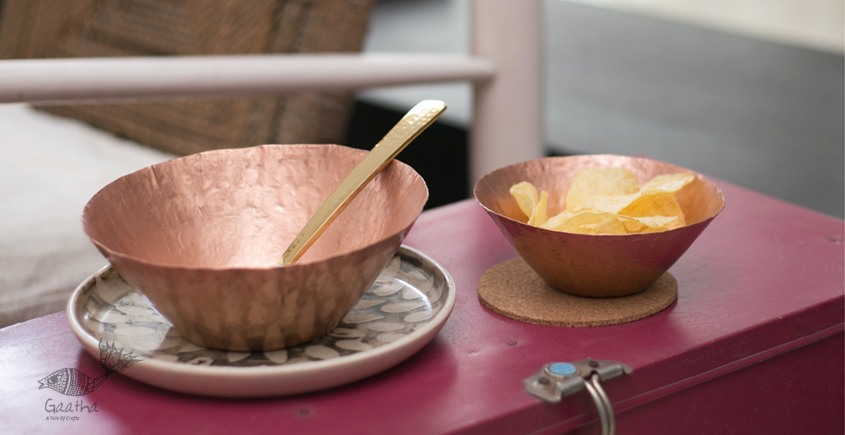






-225x150w.jpg)
-225x150w.jpg)
-225x150w.jpg)
-225x150w.jpg)
-225x150w.jpg)
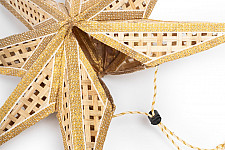
-225x150w.jpg)
-225x150w.jpg)
-225x150w.jpg)
-225x150w.jpg)
-225x150w.jpg)
-225x150w.jpg)
-225x150w.jpg)
-225x150w.jpg)
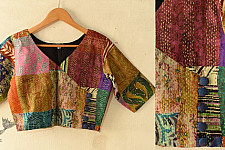
-225x150w.jpg)
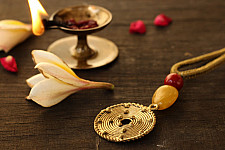
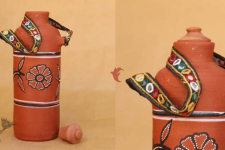
-225x150.jpg)
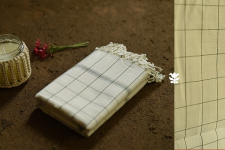
-225x150w.jpg)
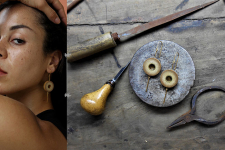
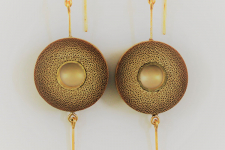
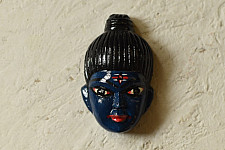
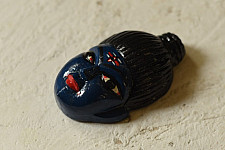
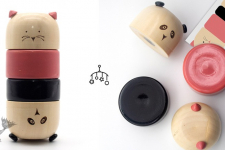
-225x150w.jpg)









-225x150w.jpg)

-225x150w.jpg)

-225x150w.jpg)
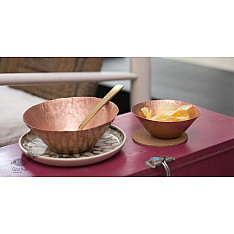
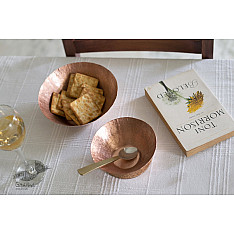
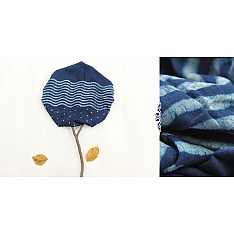
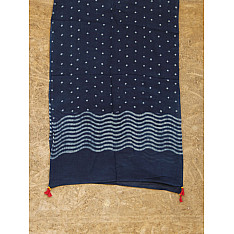
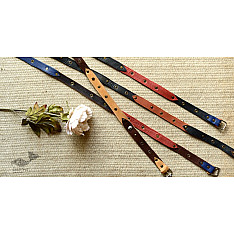
-234x234w.jpg)